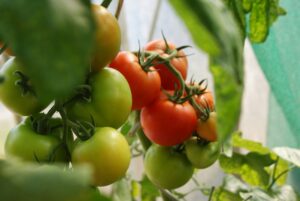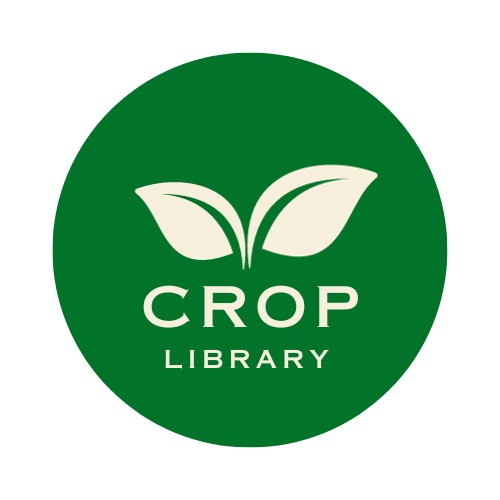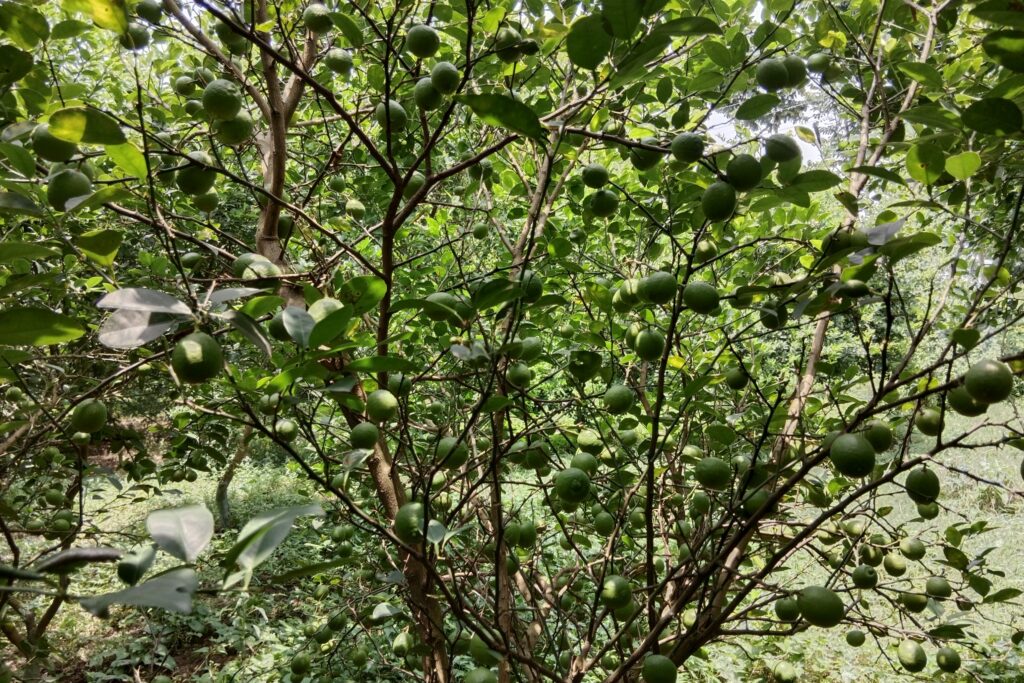For tomato plants, flowering is essential because it triggers the formation of fruit, and any delay in flowering may hinder fruit production. The increase in tomato flowering within each inflorescence can greatly increase fruit production. In order to maximize the yield from each tomato plant, it can be important to promote prolific flowering.

However, an increase in tomato flowering can lead to increased competition among fruits, which may result in smaller fruit sizes. To encourage larger fruit, it might be beneficial to remove some flowers from the inflorescence. It may also lead to competition among the fruits, potentially affecting their size. Tomatoes are a crucial commercial crop and serve as a valuable model for studying flowering transitions in sympodial perennial plants. They are also rewarding to grow, providing a bountiful, juicy harvest when properly cared for. Notably, tomatoes can be cultivated year-round due to their photo-periodic insensitivity. Ensuring that tomato plants flower abundantly is key to achieving a high yield.
Flowering Behavior of Tomato
Determinate Tomatoes
Determinate tomato plants exhibit a set growth pattern where flowering and fruiting are concentrated within a specific period. These plants typically grow to a certain height, and then produce flowers and fruit in a short, concentrated burst. After the fruiting period, the plant’s growth slows down, and it eventually dies. This behavior is ideal for harvesting all the fruit at once, making determinate varieties suitable for commercial production where uniform harvests are preferred.
Indeterminate Tomatoes
In contrast, indeterminate tomato plants continue to grow and produce flowers throughout their lifecycle. They do not have a fixed height or growth period, which allows them to yield fruit over a longer duration. Flowering occurs repeatedly along the length of the plant, enabling a continuous harvest of tomatoes throughout the growing season. This variety is advantageous for gardeners and growers looking for a prolonged harvest period, though it may require more support and management to handle the ongoing production.
Tips to increase tomato flowering
Here are 10 tips through which one can increase the number of flowers in tomato plants.
Choose the Right Variety
Indeterminate tomato varieties are known for their abundant flowering. They grow continuously and produce flowers throughout the season, offering an extended harvesting period.
Proper Pruning
Remove lower leaves to enhance air circulation and let more light penetration, which can contribute to healthier and increased tomato flowering as well as lessen the danger of stem disease and decrease excessive vegetative growth. To prevent sunburn, take care not to over-prune in regions with strong light.
Regular pruning with shears boosts growth and improves plant health by eliminating branches that might harbor fungus. This practice also directs the plant’s energy to increase tomato flowering. By consistently removing suckers, you prevent unwanted growth and ensure nutrients are focused on fruit production. Regularly pruning suckers also helps the plant allocate more energy to flower production instead of excess foliage.
Adequate Sunlight
Tomatoes thrive best in full sunlight, needing at least 6-8 hours of direct light daily. Position your plants where they can absorb the maximum amount of sun, which is crucial for flowering.
Balanced Fertilization
- Organic Matter
Incorporate compost or well-rotted manure into the soil to provide a steady nutrient release, improving overall plant health and flower production.
- Nitrogen (N)
Nitrogen is vital for leafy growth, but too much can hinder flowering. The nitrate form of nitrogen, such as calcium nitrate or potassium nitrate, is preferred over the ammonium form like urea or ammonium sulfate. Using ammonium-based nitrogen can restrict growth and reduce quality, with trials showing tomato yield losses of up to one-third when ammonium is used instead of nitrate. Excessive ammonium also negatively impacts crop quality and shelf life, while nitrate forms result in firmer, more marketable fruit.
Research on tomato plants’ susceptibility to fusarium crown and root rot reveals that nitrate not only inhibits disease development but also reduces the harmful effects of fusaric acid, a toxin released by the pathogen.
- Phosphorus (P)
Phosphorus is crucial during early growth and root development, providing a strong start for seedlings. It is essential to fruit set and flowering. To support these stages, use a balanced fertilizer with a higher phosphorus ratio, which promotes both flowering and fruiting.
- Potassium (K)
Potassium is essential for tomatoes, particularly in pigment synthesis like lycopene. High potassium levels contribute to high yields and are crucial for ensuring top-quality fruit by influencing sugar levels, ripening, and storage characteristics. Inadequate potassium can result in uneven ripening, blotchy color defects, and issues like internal white tissues. Maintaining sufficient potassium levels also helps mitigate rot problems caused by high nitrogen levels.
- Calcium (Ca)
Tomato blossom end rot can be prevented by giving the fruit some calcium.
- Magnesium (Mg)
In order to promote optimal fruit fill and flower set, magnesium is especially crucial during flowering and fruiting.
- Boron (B)
Boron is crucial for pollen germination and the successful setting of tomato fruit. Applying boron before flowering helps ensure optimal fruit set and maximizes yield potential. Since boron is absorbed rapidly from the soil but doesn’t move easily within the plant, foliar sprays are often more effective.
RELATED: Tomato Fertilizer Schedule
Consistent Watering
Water tomato plants deeply but less often to promote deeper root growth, which strengthens the plants and supports flowering. Mulching around the base helps conserve moisture and maintain stable soil temperatures, fostering optimal conditions for flower development.
Temperature Control
Tomatoes thrive in temperatures between 21°C to 29°C, and maintaining this range is crucial for proper flowering, pollination, and fruit set. Extreme temperatures can cause flower drops, so use shade cloth during heatwaves and row covers in cooler periods to preserve ideal conditions. High temperatures can lead to bud abscission before flowering, abnormal flower development, and impaired fruit set due to disruptions in sugar metabolism and proline translocation during male reproductive development.
Pollination Support
Tomatoes are naturally self-pollinating and require only gentle movement of their flowers to achieve pollination. You can boost self-pollination by gently shaking the flowers or manually transferring pollen with a small brush. To further enhance pollination, attract natural pollinators like bees by planting companion plants such as marigolds or lavender nearby. Minimizing the use of pesticides that harm beneficial insects can also help create a welcoming environment for pollinators, ensuring a better fruit set.
Disease and Pest Management
Keep your plants healthy by inspecting them for pests and illnesses to ensure they blossom more. Apply the appropriate chemical or organic treatments as necessary. Rich flower displays are more likely to come from healthy plants.
Proper Spacing
Maintain proper spacing of your tomato plants to ensure good air circulation and light penetration, both essential for promoting flowering.
Stress Management
Avoid Over-Stressing Plants: While mild stress, like slight water deprivation, can sometimes increase flowering, too much stress can cause flower drop or poor fruit set. Aim for a balance where the plants are healthy but not over-pampered.
Finally, by following these techniques, you can significantly increase the flowering of your tomato plants, leading to a more fruitful harvest. Remember that proper care, environmental management, and attention to detail will give you the best results.


